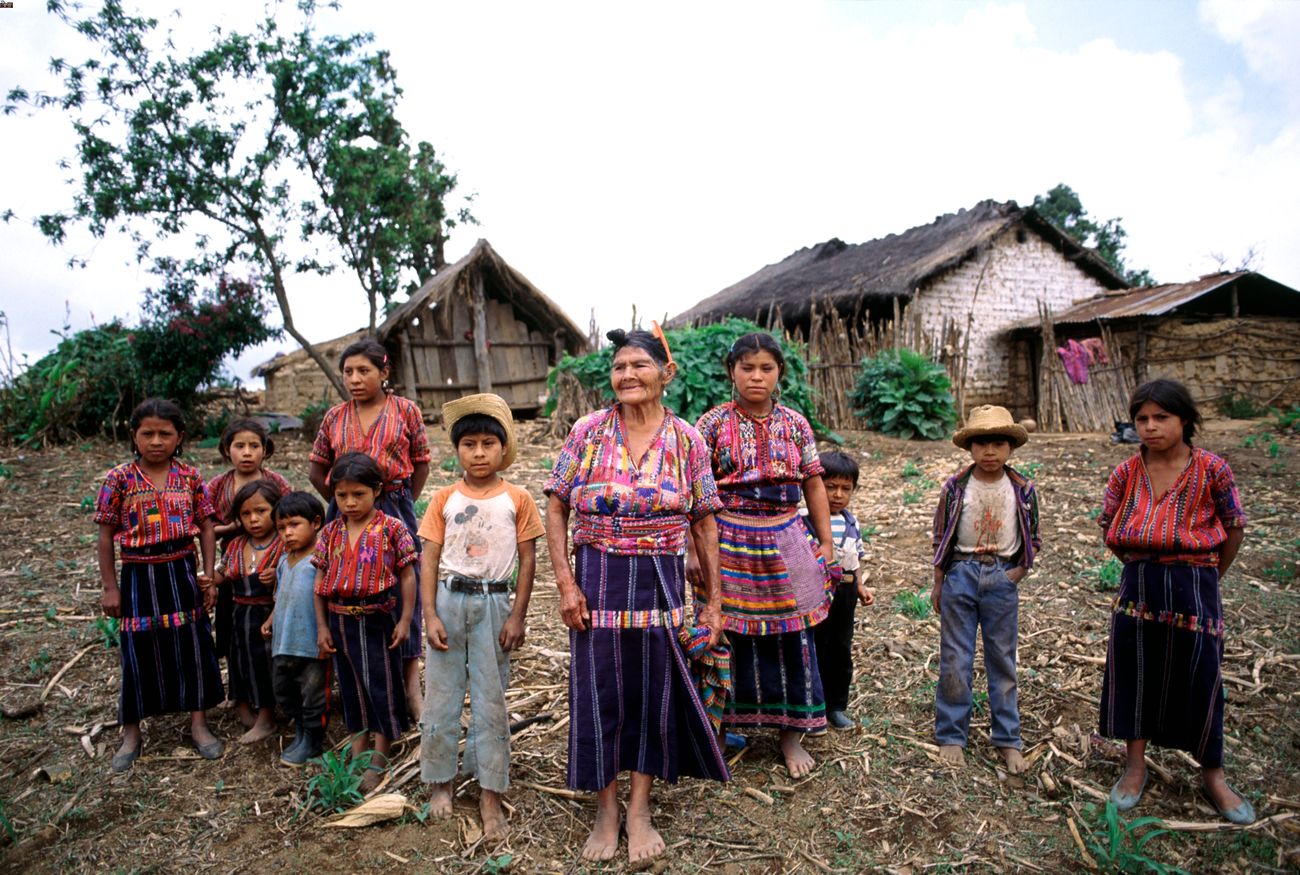
Kaqchikel is a fascinating language spoken by the Kaqchikel people in Guatemala. With roots tracing back to the ancient Maya civilization, it holds a treasure trove of history and culture. Did you know that Kaqchikel is one of the 21 Mayan languages still spoken today? This language isn't just a relic of the past; it's very much alive, with over half a million speakers. Why is Kaqchikel important? It serves as a vital link to the heritage and traditions of the Kaqchikel people. From its unique phonetic system to its rich vocabulary, Kaqchikel offers a window into a world that has thrived for centuries. Ready to dive into some intriguing facts about this incredible language? Let's get started!
Kaqchikel Language and People
The Kaqchikel people, an indigenous group in Guatemala, have a rich history and culture. Their language, also called Kaqchikel, is part of the Mayan language family. Here are some fascinating facts about the Kaqchikel language and its speakers.
-
Kaqchikel is one of the 21 Mayan languages spoken in Guatemala.
This language is part of a larger family that includes K'iche', Q'eqchi', and Mam. -
Over half a million people speak Kaqchikel.
Despite the pressures of modernization, the language remains vibrant among its speakers. -
The Kaqchikel language has its own script.
Historically, the language was written using a hieroglyphic script, similar to other Mayan languages. -
Kaqchikel is taught in schools.
In regions where Kaqchikel is spoken, it is part of the curriculum to preserve the language. -
The language has multiple dialects.
Different regions have their own variations, making the language rich and diverse.
Historical Significance
The Kaqchikel people have a storied past, with their history intertwined with the broader history of the Mayan civilization. Here are some key historical facts.
-
The Kaqchikel were once part of the K'iche' kingdom.
They broke away in the 15th century to form their own kingdom. -
They played a significant role in the Spanish conquest.
Initially, they allied with the Spanish against the K'iche', but later resisted Spanish rule. -
The Kaqchikel capital was Iximché.
This city was a major center of power and culture before the Spanish conquest. -
Iximché was the first capital of Guatemala.
The Spanish established their first capital in the Americas at Iximché. -
Kaqchikel manuscripts provide valuable historical insights.
These documents, written in the Kaqchikel language, offer a glimpse into their history and culture.
Cultural Practices
The Kaqchikel people have rich cultural traditions that have been passed down through generations. Here are some intriguing cultural facts.
-
Traditional clothing is still worn.
Women often wear colorful huipiles (blouses) and cortes (skirts), while men wear trousers and shirts with intricate designs. -
They celebrate unique festivals.
Festivals like the Rabin Ajaw, which celebrates Mayan culture, are important events. -
Kaqchikel music features traditional instruments.
Instruments like the marimba and the tun (a type of drum) are commonly used. -
They practice traditional weaving techniques.
Weaving is an important skill, with patterns and techniques passed down through generations. -
Kaqchikel cuisine includes unique dishes.
Foods like tamales, atol (a corn-based drink), and pepian (a spicy stew) are staples.
Modern-Day Kaqchikel
Despite the challenges of modern life, the Kaqchikel people continue to thrive and adapt. Here are some facts about their contemporary life.
-
Many Kaqchikel live in rural areas.
They often engage in agriculture, growing crops like corn and beans. -
Urban migration is increasing.
More Kaqchikel are moving to cities for better economic opportunities. -
They are active in political movements.
Kaqchikel leaders advocate for indigenous rights and representation in government. -
Education levels are rising.
More Kaqchikel children are attending school and pursuing higher education. -
They use social media to promote their culture.
Platforms like Facebook and YouTube are used to share traditional stories, music, and language lessons.
Challenges and Preservation
The Kaqchikel face various challenges, but efforts are being made to preserve their language and culture. Here are some facts about these efforts.
-
Language preservation programs are in place.
Organizations work to document and teach the Kaqchikel language. -
Cultural centers promote Kaqchikel heritage.
These centers offer classes in traditional crafts, music, and dance. -
There are radio stations broadcasting in Kaqchikel.
These stations help keep the language alive and accessible. -
Bilingual education is expanding.
Schools are increasingly offering instruction in both Spanish and Kaqchikel. -
Kaqchikel literature is growing.
Authors are writing books and poetry in Kaqchikel, contributing to its literary tradition.
Interesting Tidbits
Here are some additional interesting facts about the Kaqchikel people and their language that you might find intriguing.
-
Kaqchikel names often have deep meanings.
Names are chosen based on their meanings and cultural significance. -
The Kaqchikel calendar is unique.
It is based on a 260-day cycle, similar to other Mayan calendars. -
Kaqchikel art is vibrant and symbolic.
Traditional art often features symbols and motifs that have cultural and spiritual significance.
Final Thoughts on Kaqchikel Facts
Kaqchikel culture and history are rich with fascinating details. From their ancient roots in the Maya civilization to their vibrant traditions today, the Kaqchikel people have a story worth knowing. Their language, still spoken by thousands, carries the legacy of their ancestors. Traditional crafts, like weaving and pottery, showcase their artistic skills. The Kaqchikel calendar, with its unique timekeeping, reflects their deep connection to nature and the cosmos. Understanding these facts not only broadens our knowledge but also fosters appreciation for their enduring heritage. Whether you're a history buff or just curious, learning about the Kaqchikel offers a glimpse into a world that has thrived for centuries. Keep exploring, and you'll find even more intriguing aspects of this remarkable culture.
Was this page helpful?
Our commitment to delivering trustworthy and engaging content is at the heart of what we do. Each fact on our site is contributed by real users like you, bringing a wealth of diverse insights and information. To ensure the highest standards of accuracy and reliability, our dedicated editors meticulously review each submission. This process guarantees that the facts we share are not only fascinating but also credible. Trust in our commitment to quality and authenticity as you explore and learn with us.


